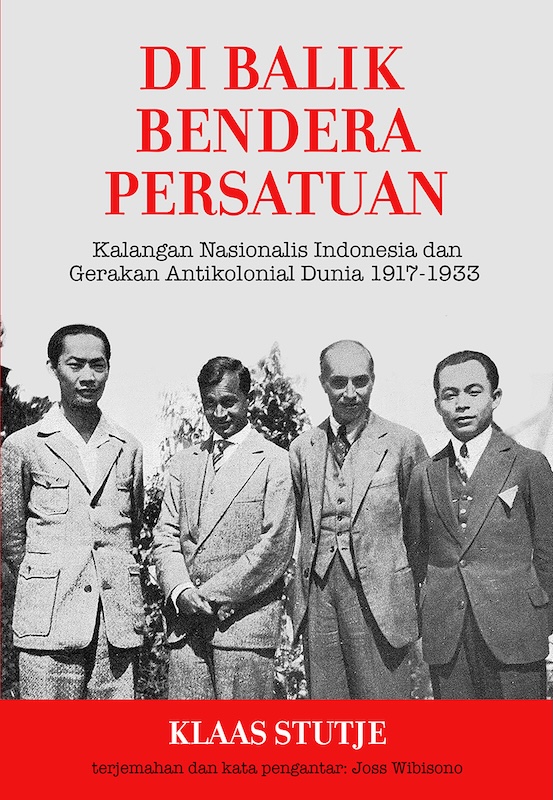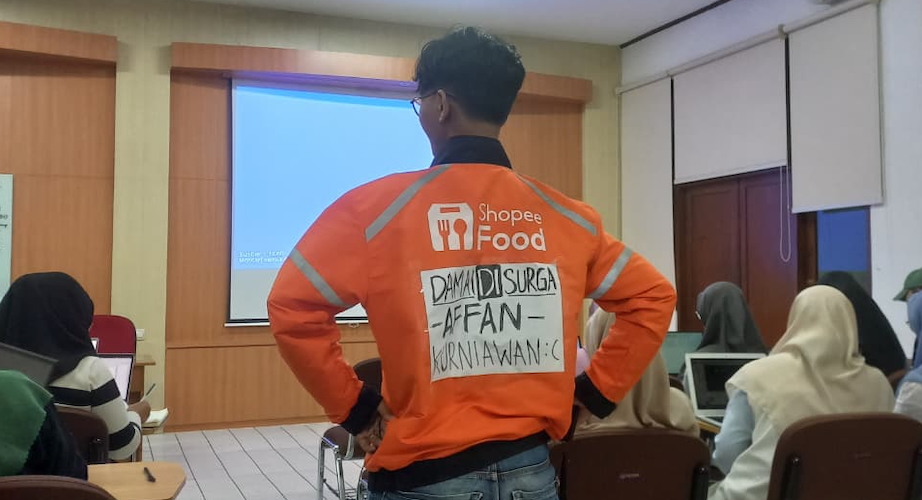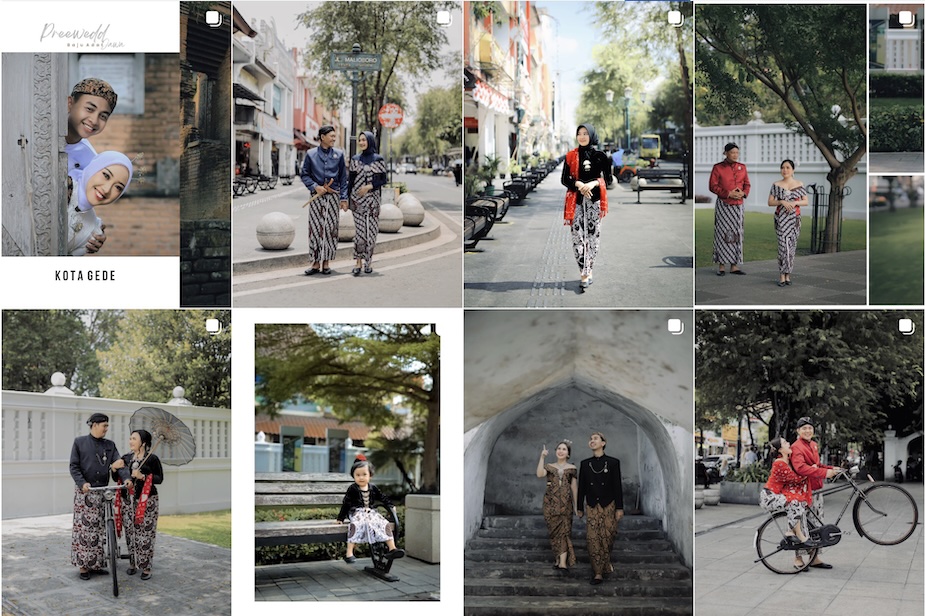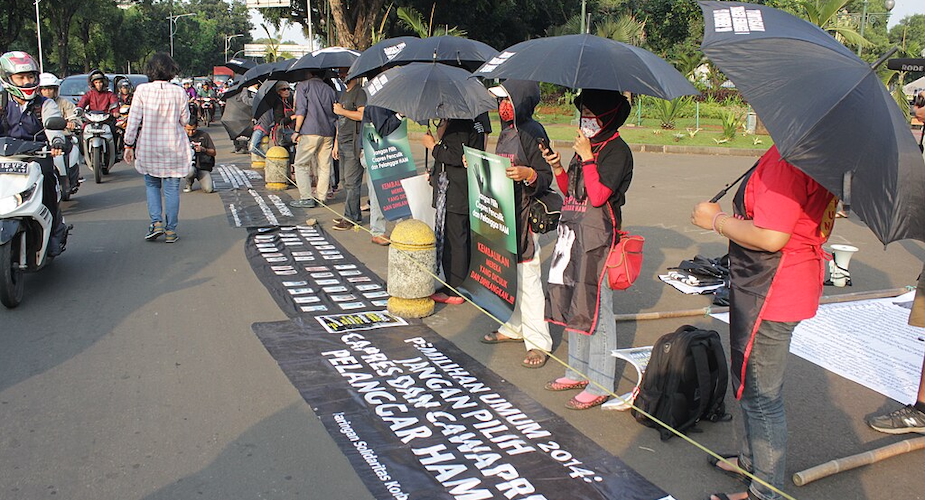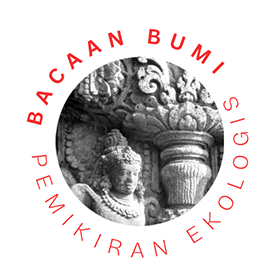Rony K. Pratama
Indonesia’s national awakening narrative typically centres on events within our archipelago. Klaas Stutje's Di Balik Bendera Persatuan: Kalangan Nasionalis Indonesia dan Gerakan Antikolonial Dunia 1917-1931 reveals how our independence movement extended far beyond Southeast Asia, possessing international dimensions more complex than understood until now.
This work originated as Stutje’s PhD thesis at the Universiteit van Amsterdam in 2016. Joss Wibisono’s translation from the original English first published in 2019, now brings this hidden history to light for an Indonesian readership. The translator also offers his own contribution, in a significant foreword to the book, in which he describes the astonishing epilogue to Indonesian student activism in the Netherlands of this period: their involvement in the verzet (underground resistance) against Nazi Germany. Between 60 and 110 Indonesian students joined this struggle, with some sacrificing their lives. Ironically, it was through this anti-Nazi resistance that Perhimpunan Indonesia (PI), previously disliked or unknown to Dutch society, finally gained recognition.
Stutje’s study challenges established paradigms about the origins of Indonesia’s nationalist awakening. Citing Benedict Anderson, he demonstrates how colonial states ironically ‘birthed the nationalist order that eventually rose to fight against it’. Through meticulous archival research from various countries, including the IISG collection (International Institute for Social History) in Amsterdam and ‘League Against Imperialism files’, Stutje proves Indonesian nationalism had deep roots in global anti-colonial movements.
The interbellum period (1917-1931) marked a turning point in anti-colonial history. During this time Indonesian students, Stutje writes, ‘successfully penetrated the upper layers of Dutch society and took important positions in colonial debates’. Figures like Mohammad Hatta, Ali Sastroamidjojo, Arnold Mononutu, Semaoen, Sam Ratu Langie, and Achmad Soebardjo built impressive political networks across European capitals - Zürich, Paris, Brussels, and Berlin. These students from diverse cultural backgrounds constructed a new ‘jati diri Indonesia’, or Indonesian identity, that transcended regional boundaries.
PI functioned as more than a student organisation. Stutje’s analysis reveals it as a ‘trans-imperium’ group whose activities ‘became an integral part of European political history’, historically intertwined with both Indonesian politics and European left anti-imperialism movements. The lack of Dutch political support pushed PI activists to build informal networks abroad, ultimately strengthening their international position.
The book reveals the complex challenges Indonesian activists faced. They didn’t only face Dutch political pressure but had to balance various interests within international political dynamics, particularly through their involvement in the ‘League Against Imperialism’.
In today’s digital globalisation era Stutje’s findings about Indonesian students’ transnational activism gain renewed relevance. Their experiences in European capitals provide valuable lessons about how national identity and international solidarity can reinforce each other. This solidarity network demonstrates that our national genealogy was ‘never confined within a shell’.
Di Balik Bendera Persatuan both enriches our understanding of Indonesian nationalism and opens new perspectives on global anti-colonial movements. It serves as a reflective mirror for contemporary transnational activism while reminding us that Indonesian nationalism’s history contains far more complexity than commonly understood. As Wibisono questions in his foreword: ‘is it true that our national awakening didn’t only take place in the homeland, but also abroad, in Europe precisely?’
The book’s significance extends beyond historical documentation. It challenges us to rethink nationalism not as an isolated domestic phenomenon but as part of broader global struggles against oppression. These Indonesian students developed their revolutionary consciousness not despite their European education but partially because of it, turning colonial tools against the empire itself.
Their activism represented a remarkable diplomatic achievement. Without official state backing, these young intellectuals managed to insert Indonesian independence into international discourse decades before formal recognition. They built solidarity with other anti-colonial movements, recognising common struggles across continents.
For contemporary readers, the parallels to modern transnational activism are striking. Today's digital networks enable cross-border solidarity in ways these early activists could only achieve through physical travel and clandestine meetings. Yet their fundamental strategy—building international alliances to pressure colonial powers—remains relevant for modern social movements.
Di Balik Bendera Persatuan reminds us that Indonesia's independence wasn't won solely on our soil but through complex international networks of solidarity, advocacy, and resistance. As we face today’s global challenges, this history offers valuable lessons about effective transnational organising and the power of determined student activists to shape world affairs from seemingly peripheral positions.
Despite its strengths the book has some limitations. The internal dynamics of PI, especially regarding ethnic and regional backgrounds in forming their Indonesian vision could be explored further. Gender perspectives remain notably absent. All of the individuals featured are men, presenting a heteronormative view of anti-colonial struggle despite the book's international framing. An intersectionality analysis would have enriched the subject matter considerably.
Ultimately, this work stands as both historical revelation and contemporary guide, expanding our understanding of nationalism beyond geographical boundaries and reminding us that revolutionary ideas, like the students who carried them, can travel far beyond their origins to reshape the world.
Stutje, Klaas. Di Balik Bendera Persatuan: Kalangan Nasionalis Indonesia dan Gerakan Antikolonial Dunia 1917–1933. Translated and with a foreword by Joss Wibisono. Jakarta: Marjin Kiri, 2024.
Rony K. Pratama (ronykpratama@staff.uns.ac.id) is a lecturer at the Universitas Sebelas Maret.


